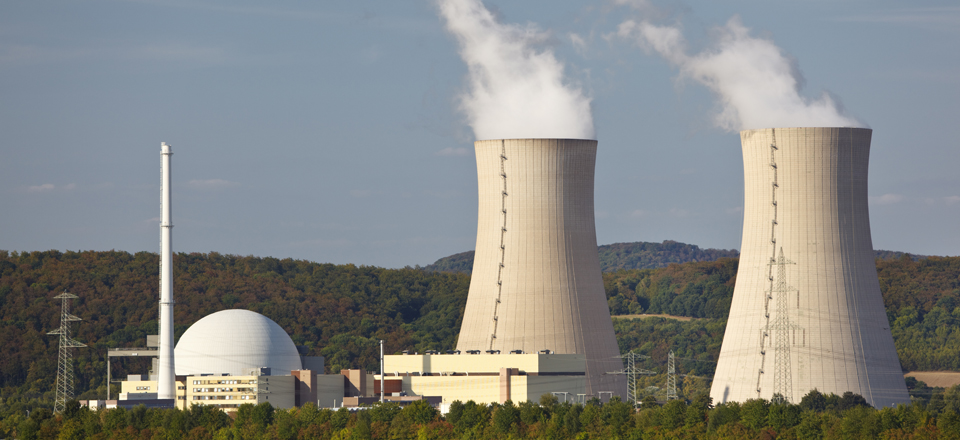T
hroughout the world, people rely upon power provided by nuclear reactors. The percentage of power generated by these reactors has grown over the years. It is essentially “clean” power, unlike energy produced by petroleum products. Even so, some citizens may be leery of these operations because the concept of nuclear energy frightens them. By explaining the basics of the nuclear reactor process, you should help allay their fears.
Statistics
In 2016, nuclear energy generated 805.3 billion kilowatt-hours, which comprised 19.7 percent of the total for the United States. Thirty states were home to operating reactors, and for six states, these reactors produced most of their electricity.
The U.S. had 99 reactors operating in 2016, with 34 being boiling water reactors (BWRs) and 85 being pressurized water reactors (PWRs).
In Europe in 2016, there were a total of 186 nuclear power plant units. France gets an impressive 76.3 percent of its electricity from nuclear reactors with Ukraine coming in at 56.5 percent.
Worldwide, there are thirty countries operating 449 nuclear reactors in order to produce electricity. As of early 2017, 15 countries were building 60 new nuclear plants. In 2014, nuclear reactors provided 11 percent of the world’s electricity.
Candu Technology CANDU Reactors
CANDU reactors produce plutonium. This type of reactor relies on a network of pipes. Those pipes carry the coolant needed to transfer heat from the core and move it to the electrical generators. The moderator system, needed to slow down fission, is also conveyed along these pipes. In PWR reactors, only one pipeline network is needed for both functions. The pressure in these pipes is approximately 100 bar. In CANDU reactors, no enrichment plant uranium is necessary for operation. These reactors also produce the most tritium, which is difficult to contain. As a result, this system may allow tritium to contaminate air and water if containment precautions fail.
WER Technology
These reactors have horizontal steam generators, resulting in VVER 440 pressure and temperatures that are lower than PWR reactors. VVER 440 reactors have six primary loops, while the VVER 1000 and 640 have four. In these systems, there is no physical separation of redundant trains of safety systems.
AP1000 Technology
The AP1000 Is a pressurized water reactor designed to produce 1154 MWe. It is also designed to reduce costs by using proven technologies and by simplifying and reducing the number of components necessary, such as pipes and valves. The volume of earthquake protection was also reduced. In comparison with PWRs, the AP1000 is more compact and uses a fifth of the concrete and reinforcement that is necessary for a PWR build.
EPR Technology
An EPR reactor delivers 1650 MWe and is based on PWR technology. However, the EPR has safety improvements and better economic profitability.
Nuclear power production is significant worldwide. It helps generate the electricity that modern society requires. Without this power source, the world would currently be more dependent on fossil fuels for its energy. People need to understand the basics of nuclear power generation to make informed energy choices.
Nuclear power generation has a number of options that vary in effectiveness and ecological impact. You need to be current with reactor technology in order to do your job well. Lastly, you need the knowledge to effectively evaluate all sources of electrical power.



